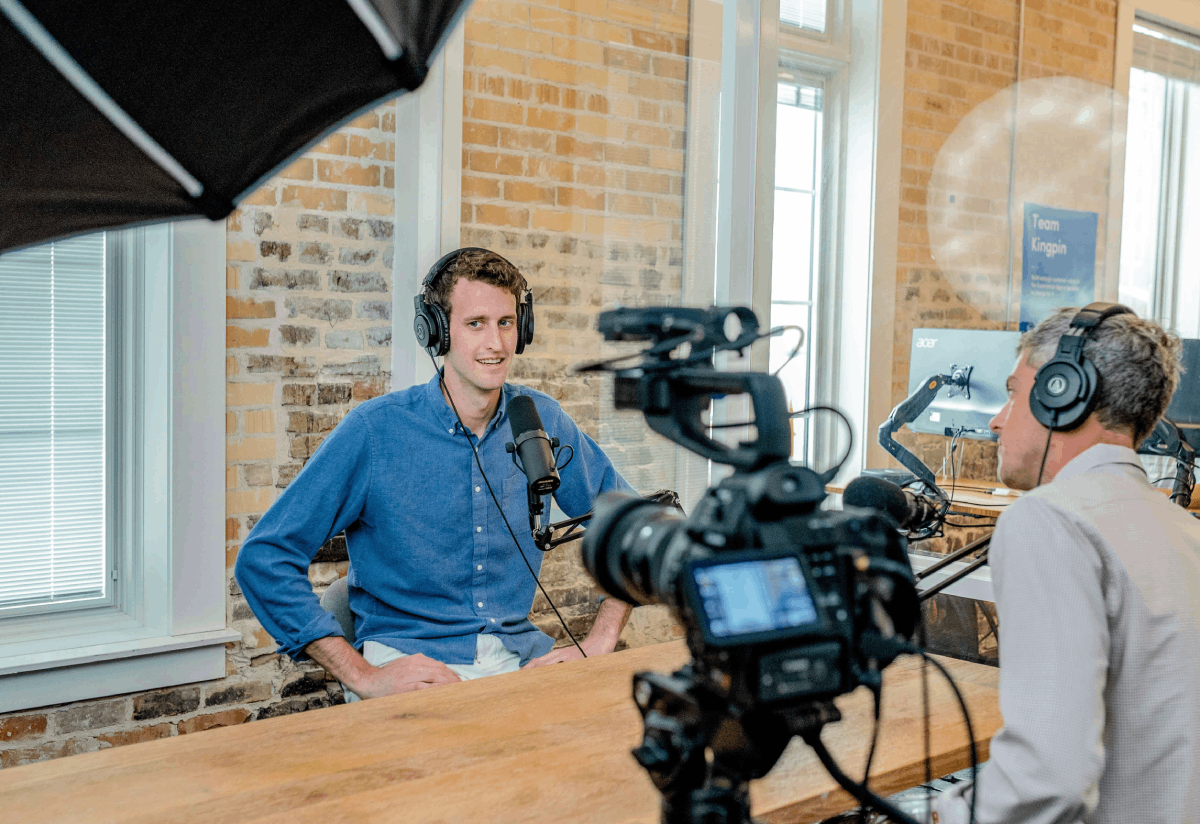
Media Appearance Best Practices – Message
Here are some lessons I learned listening to the media training course by TJ Walker. Read about Media Appearance Best Practices – Appearance here.
1. In a speech or interview, decide to have at least three messages. If there is only one message, there will be a lot of repetition. If there are more than three messages, it will be too many things to remember.
2. Think about what people most need to know and based on that, pick any three messages.
3. Anticipate what questions you will be asked and use that to decide the three messages. A good message answers most of the questions that will be asked. Brainstorm every possible question you think will be asked and put it on paper or type it on the computer.
4. Ask yourself if you have any messages that the reporter will find interesting. Brainstorm the ideas you think will be interesting to the reporter and write them down.
5. Ask yourself if you have any messages that your audience will find interesting.
6. If something is interesting to the reporter and audience, that does not mean that you need to select them.
7. Understanding what is important to you. Come up with messages that make you look good. Whatever reason you are talking about, your messages should be able to help you with that reason. Don’t go unprepared; just share the facts. Brainstorm and write down every single message you want to share that will make you look good and serve the purpose you are talking about.
8. Think about what problem you are solving. It will be a compelling part of your message.
9. Add any quantifiable data that you think will be interesting to the audience and put it in the mix.
10. Focus on the positive messages. Avoid the negative messages.
11. Think about the three main points and no sub-points, so that the listeners are clear about your point and do not get confused about the sub-points.
12. Create a Venn Diagram of the messages you want to convey that are important to you, and the messages important to the audience and reporter.
13. Do not synthesize multiple ideas together in the same sentence. Have small and disconnected sentences so that they can’t be manipulated.
14. To prepare, record your three messages and listen to them to see if you can make the improvements. The messages should be very clear.